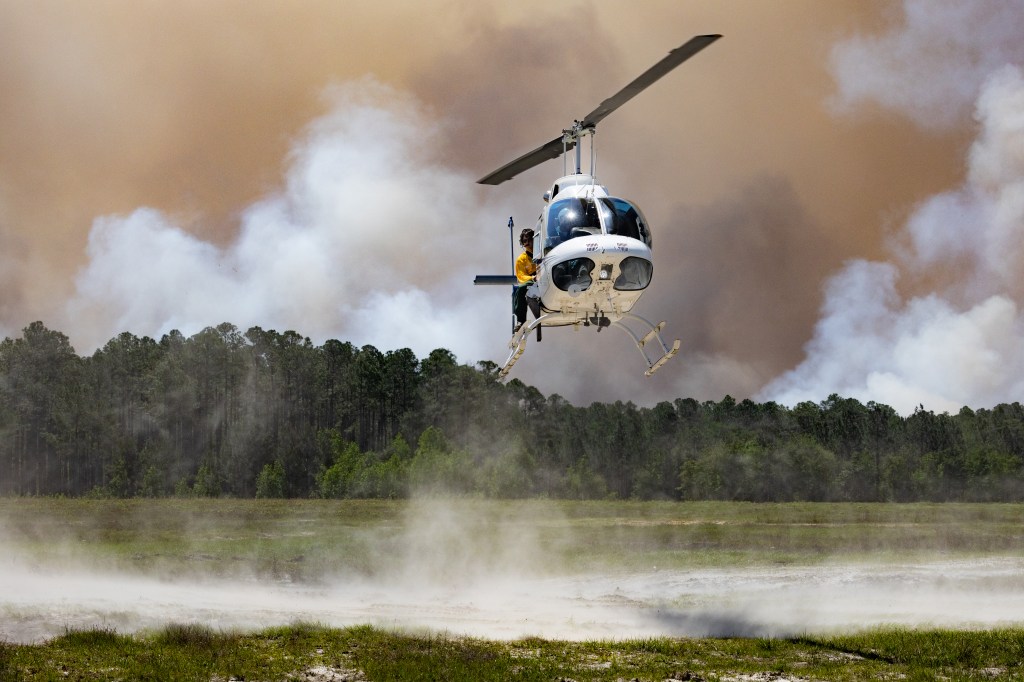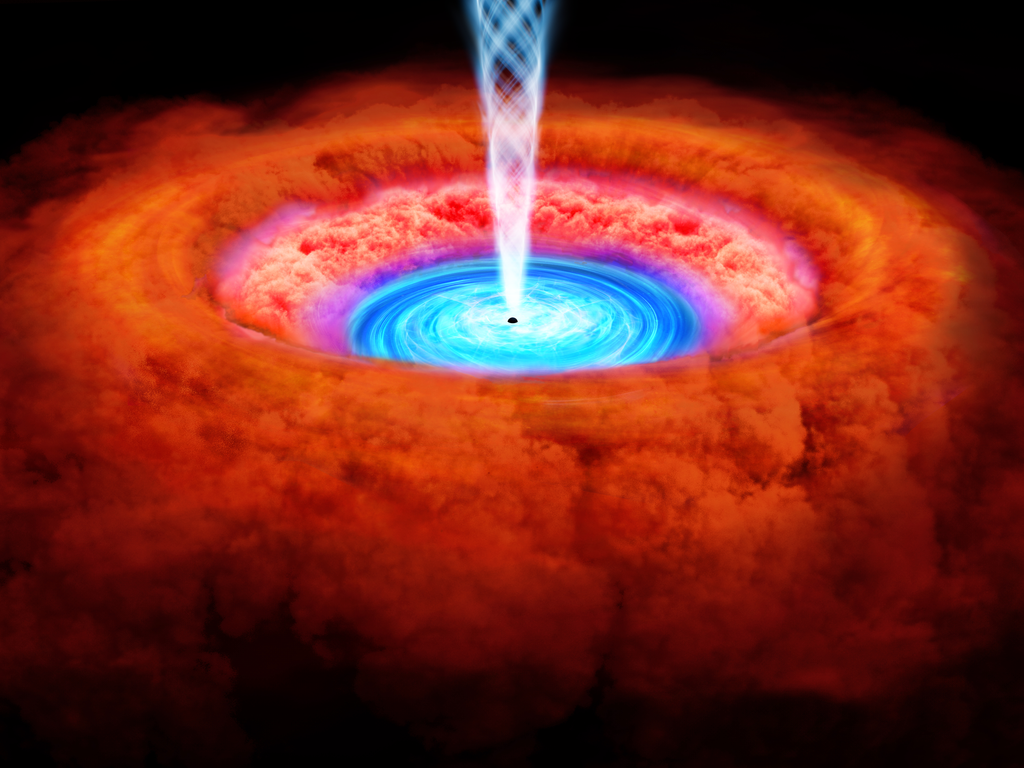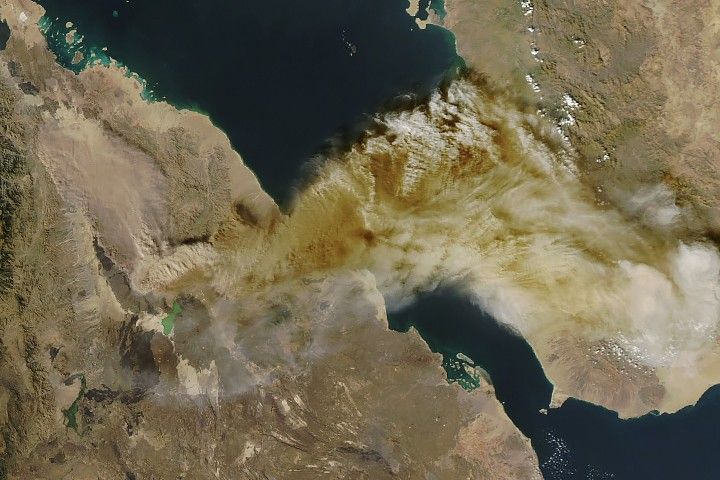Volcanoes
Filters
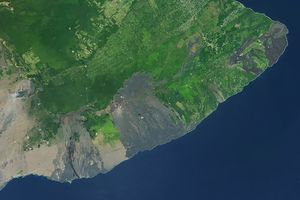
The volcano in Hawaii is one of the most active in the world, and NASA tech makes it easier for…

In its first documented eruption, the Ethiopian volcano sent a plume of gas and ash drifting across continents.
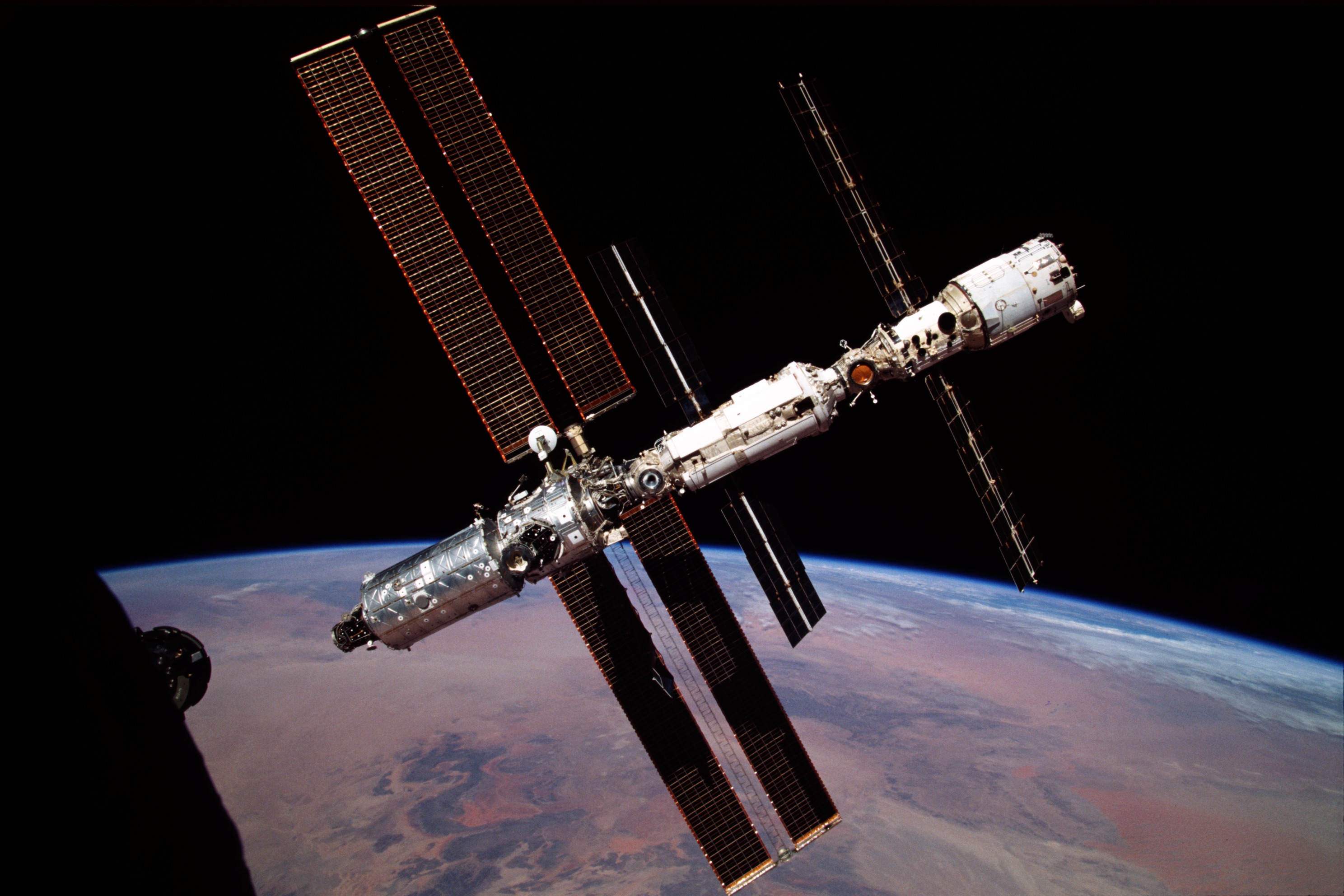
On November 1, 2025, the International Space Station celebrated 25 years of continuous human presence. This image gallery takes a…

The volcano on Russia’s Kamchatka Peninsula continues to erupt after centuries of quiescence.
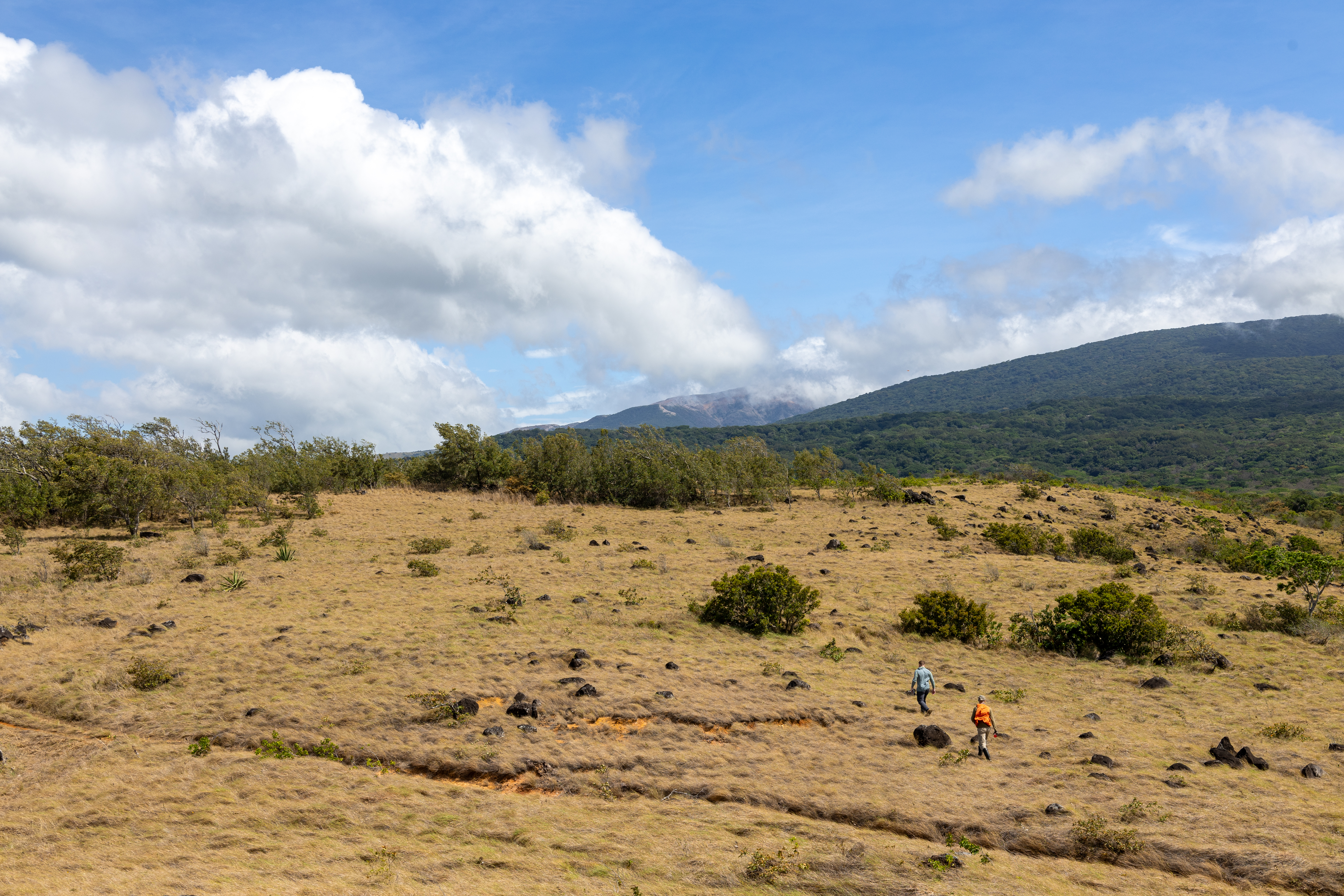
In summer 2025, a NASA-led team of scientists and engineers gathered in Rincón de la Vieja National Park in Costa…

One of the most active volcanoes on the Kamchatka Peninsula is erupting yet again.

Data provided by the water satellite are helping to improve tsunami forecast models.

Located on Russia’s Kamchatka Peninsula, the peak’s lofty altitude and chilly latitude help it hang onto snow and glaciers all…

The latest in a string of episodic eruptions produced voluminous fiery flows at the Hawaiian volcano’s summit.









